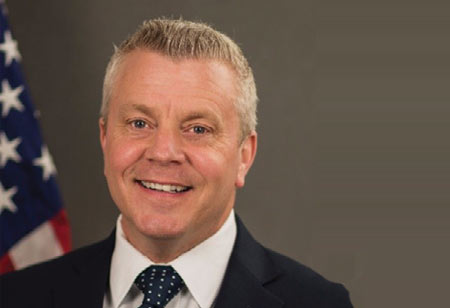Thank you for Subscribing to Healthcare Business Review Weekly Brief

Bolstering Medical Alert Systems
Healthcare Business Review
The technology driving medical alert systems has advanced to the point of unrecognizability when compared to the United States television commercials of the 1980’s with the popular catchphrase “I’ve fallen, and I can’t get up!” Today we see medical alert systems generally falling into one of two broad categories. Internal devices, which are traditionally used within a residence or institution, and newer external devices with a wide array of technological options available. We are also seeing these tools being used in creative new business models.
In addition to the more traditional push-button necklace devices, both categories are capable of features such as automatic fall detection. Functioning through the use of a built in accelerometer,which constantly monitors the patient’s movements. Sudden movements such as a fall will trigger an activation, which may result in any number of preselected responses. Internal alerts may result in an open and secure audible line to the nursing station, a monitoring company calling the patient, or the dispatching of staff or emergency services. This can be extremely valuable to populations that are prone to falls, seizures or unconsciousness, but which may not be under continuous observation.
Global Positioning System (GPS) technology has become so advanced that a patient or asset can be located to within a few feet
In long-term and acute care settings variations of this technology are being used to track both patients and equipment alike.Through geolocation services,which work through network routing addresses, or internal GPS (beacon) devices installed throughout the floor, building or campus, stakeholders can monitor these real time locating systems(RTLS)for actionable intelligence. Companies like Stryker® offer bed locating devices built into their beds(Ibed wireless).
Externally, Global Positioning System (GPS) technology has become so advanced that a patient or asset can be located to within a few feet. This becomes especially important in wander management and protecting other vulnerable populations from danger areas or in tracking high value assets.
Some hospitals and ambulance services now offer their business through the use of these alerting devices. Different subscription levels may offer options up to, and including, dispatching an ambulance to render aid and pick up the patient. This provides the opportunity for several revenue streams for the organization.
For instance, imagine a hospital or healthcare system provides the infrastructure of an alert system which the end user subscribes to. This subscription may be free or for a fee, and may consist of different levels of service. When the end user falls, the hospital dispatches their ambulance. This results in a revenue for the hospital’s ambulance service, but also ensures that the patient is coming to their facility for treatment as well as subsequent follow-up visits related to the initial fall.
Initiatives similar to that described above offer an array of advantages to all stakeholders, paramount of which is the patient. The patient subscriber can feel assured that they have help immediately available should they fall, lose consciousness, or cannot otherwise summon assistance. The patient is not left lying on the floor for extended periods of time, ultimately resulting in better value and patient experience. Meanwhile, the hospital has not only increased its revenue stream across multiple services, but it maintains that subscriber as a patient moving forward for an indefinite time frame.
Ultimately, this technology is available with any combination of features at a reasonable cost and the potential for a high return on investment. Commensurate with the financial benefit to the provider are enhanced patient outcomes, patient experience or reduced misappropriation of assets.









